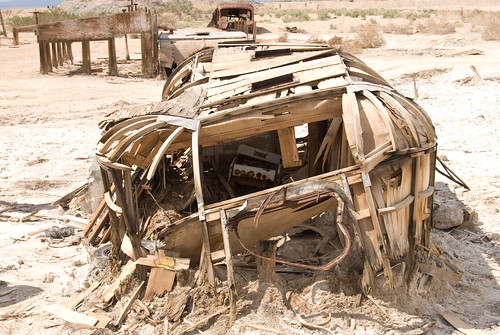I went to see the musical Billy Elliot with Chiara, Florence and Oona. It was really awesome and I was surprised how some sections made this really powerful connection between state oppression of the Thatcher government against miners and internalized gender oppression within the mining communities. I was really stoked when I overheard a young usher asking an older usher about the political context. Another usher brought up the parallels between Reagan’s neoconservative policies in the U.S. and Thatcher’s policies in the UK. The young usher followed up by asking “why do people say Reagan was a good president?” The arts are a really powerful way to learn and think about the world, but they’re also inaccessible to many.
Florence and Oona have been interested in taking dance classes for a while, and they’re taking an elementary hip-hop dance class as part of their after-school care, but I think seeing a really impressive performance finally pushed them over the edge to try something more demanding. Unfortunately, dance classes seem to cost around $150 for a 10-week session. Our household could probably swing that once, but it’s pretty uncertain if they want to stick with it.
The arts are severely underfunded. This sucks and we all know it. People who want to fund the arts for youth tend to focus on funding arts institutions, which makes sense because they have the most leverage to foster arts programming in schools or communities. I think a lot of this funding is directed at under-resourced communities without arts programming in schools or local arts organizations. In Chicago, this might look like an established arts organization getting funding to offer free arts programming at a school or community center in an under-resourced area. Again, this makes sense because it seems most fair to support communities with the least access and resources.
Still, this model of support leaves out poor children who don’t live in areas of concentrated poverty. Their parents may have hustled to be able to move into a more resourced area for better schools or a safer environment while still facing many of the challenges of poverty. These families seem to be isolated, because of the demands of overcoming poverty, from wealthier people in their community, and also from other families in their same situation living in other parts of their city. While it is unfortunate that these youth can’t take advantage of programs or resources directed towards areas of concentrated poverty, the graver consequence is that it creates a situation where it makes more sense for parents with scarce time resources to end up struggling to get more opportunities for their children rather than struggling collectively to improve access to arts for an entire city’s children.
Also, school arts programs are awesome and crucial, but might be geared towards overall participation and accessibility and not offer the rigor that a kid who was really passionate about a particular art form might need. I think this is particularly true of arts education for kids who are younger than high school age.
I’m interested in the idea of micro grants that low-income families could use to pay for things like dance classes or a trip to see the orchestra or some other kind of concert. This would give low-income youth living in areas without institutionally-funded arts opportunities access to things like classes. Moreover it would help create a network of low-income families with a passion for the arts who could start organizing together to identify gaps in arts access and fill those gaps. Also building this network could be a platform for using future waves of funding.
Does anyone know of anyone doing this kind of organizing with what I guess I would call the socially mobile, geographically isolated poor? Or using micro grants to link people up with each other rather than just being a money hook-up?
Photo from Oude School via Flickr.
